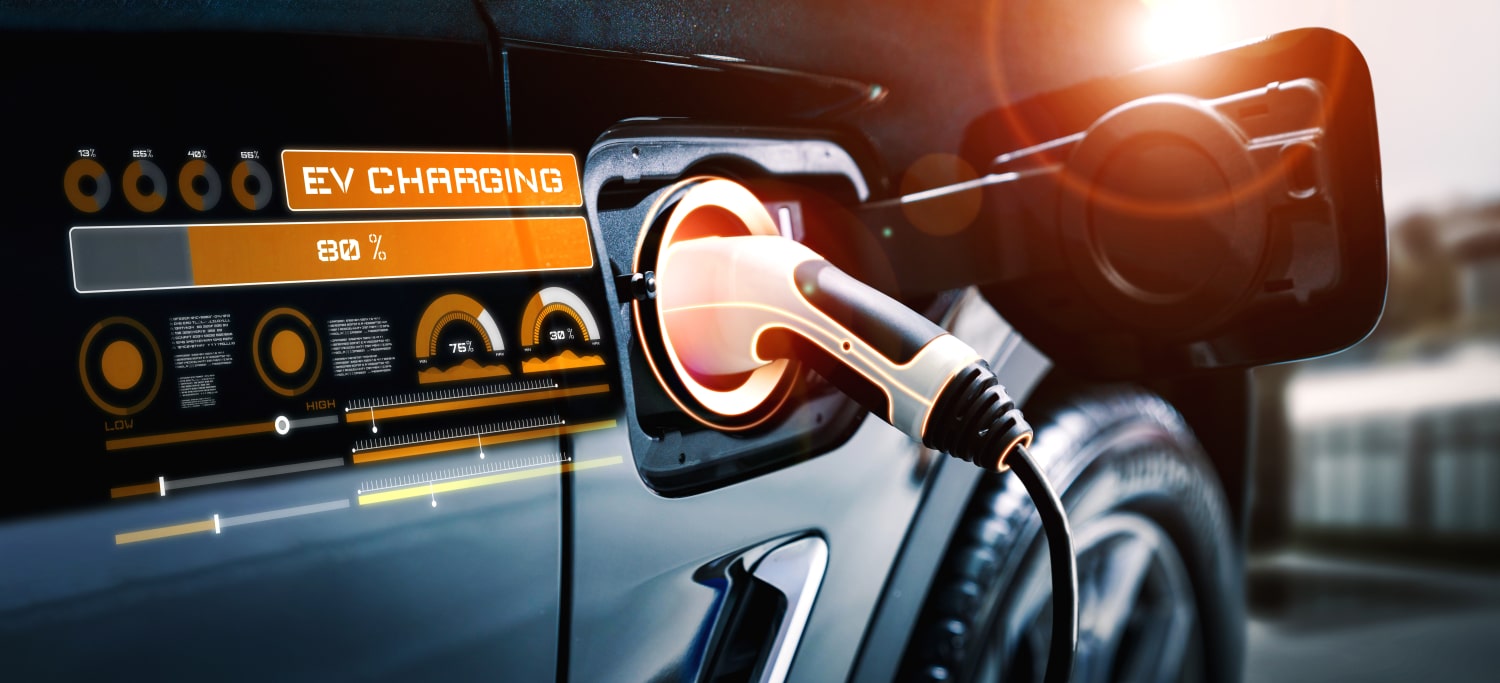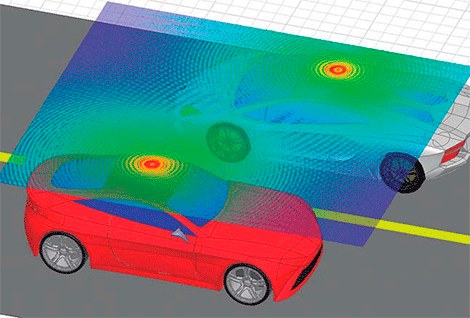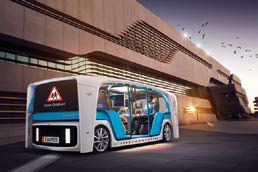EMC advances in Ethernet are transforming commercial vehicles.
The self-driving car has attracted a lot of attention and holds promise for the future, but it's not the only type of vehicle to be automated. Commercial vehicles and trucks also expect to benefit from increased range. Industrial vehicles, such as those used in construction, agriculture and transport, represent a great challenge for the communication technologies currently developed for the car, mainly in terms of size. Whether in terms of length or perimeter, the communications cable is much longer than the car. To further complicate matters, longer cable lengths mean greater potential for exposure to environmental noise, which negatively affects its response from an EMC standpoint.
Autonomy of industrial vehicles
Safety and efficiency are two advantages that arise from autonomy in construction vehicles. Safety can be improved by integrating vision systems using cameras that provide real-time 360º vision in an excavation, for example, so that human-machine interaction is reduced. Remote control of industrial vehicles is another advantage of automation for safety. An example would be the implementation of remote control in the work. By removing the operator from the vehicle, the risk to the person is eliminated. Another increase in efficiency stems from the integration of GNSS (Global Navigation Satellite Systems) systems with blade position sensors and inertial sensors that can automate field work and expedite completion. Efficiency is also the goal of range in agricultural vehicles. By combining camera systems and steering control, the amount of crops damaged by tires is reduced.
This also allows to increase the speed of the vehicle due to the precision with which it can position the vehicle, thus increasing the yield of the crops and reducing the time to carry out the work. Finally, trailer trucks are integrating automation. Last year tests were carried out with a fully autonomous truck to deliver beer. Thanks to the integration of cameras, LIDAR (Light Detection and Ranging) and other sensors, the truck was able to drive autonomously through several states in the western US that allow the circulation of autonomous vehicles. This technology promises enormous savings in energy costs, greater protection and better use of the vehicle. Implementing these protection and efficiency advances requires communications throughout the vehicle and over long cable distances. Let's examine the most commonly used technologies in automation and their compatibility with these huge industrial vehicles.
communication technologies
To connect the various video, audio, sensor and telematics subsystems in autonomous vehicles, there are several options to consider today; CAN, CAN-FD, LVDS, MOST® and Ethernet are the most prominent. As we have seen, the length of the cable for each technology and its related bandwidth must be evaluated due to the enormous size of these vehicles. Table 1 describes the transmission speed of communication technologies versus the transmission length for their maximum bandwidth. While adequate for localized sensor data, the CAN and CAN-FD baud rates are too slow to transmit video. 4k compressed video can consume more than 12 Mbps, considerably higher than CAN-FD. As more cameras are added, more bandwidth is required. A truck with a trailer in the US can be up to 18 meters long. This would rule out LVDS and 802.3bw (100Base-T1) as technologies that can transmit video without repeaters or switches. This only leaves two communication options capable of high transmission speeds over long distances: MOST and Ethernet with Quiet-WIRE® technology.
Electromagnetic compatibility (EMC)
To be big and tough you have to be robust in harsh environments, which means ignoring the presence of electromagnetic energy in the vicinity. And what is even more important, no corresponding problems of EMC and loss of communication are generated. All of the cited technologies are robust; After all, that's why they were selected for use in the car. Table 2 shows the signaling methods that add robustness to the cabling of each technology. Ethernet technology is on the rise within commercial vehicles over other technologies due to its appreciable and well-known EMC response, high bandwidth, and most importantly, it is a standards-based technology. Let's see how the response of Ethernet to EMC is affected. The EMC components, emissions and susceptibility, can cause packet loss, that is, the erroneous data transmission or that they are not understood by the nodes or links. The source of the emissions could be from nearby electronic circuitry or electric motors causing noise on the Ethernet conductors. To reduce sensitivity to these emissions, technologies such as Quiet-WIRE improve sensitivity and filtering in the device's built-in receiver circuitry, in addition to reducing noise emission in the transmitter. The BCI (Bulk Current Injection) technique is a method often used to assess noise immunity. Figure 1 shows the performance of Quiet-WIRE-based receivers when using the BCI method. The data confirms that for Quiet-WIRE receivers transmissions are noise-free when a 200 mA noise current is injected for the entire frequency range 1 MHz to 400 MHz, thus exceeding OEM limits. On the other hand, receivers that do not use Quiet-WIRE technology suffer a significant signal reception degradation of 9dBm, so their response is 10 times worse. Another benefit of Quiet-WIRE technology is the Signal Quality Indicator, a numerical value close to the signal-to-noise ratio and a measure of cable length, cable quality, and coupled environmental noise. It can be monitored in real time and can be used to predict a connection failure or to ensure performance standards are met for highly reliable and secure operation.
Quiet-WIRE® Switches and Physical Layer
A complete Quiet-WIRE network can be implemented using Microchip Technology's KSZ8061 physical layer device and KSZ8567 switch. Figure 2 shows a block diagram for an industrial vehicle made with these components. The KSZ8061 and KSZ8567 have an optional connection pin that activates Quiet-WIRE during manufacture without the need for software. However, filtering can be disabled by software if desired. Another advantage of Quiet-WIRE technology is its compatibility with standard Ethernet devices. For example, a standard Ethernet device can be used as a diagnostic tool with the Quiet-WIRE switch and demonstrate its superior performance over standard Ethernet on its own. Microchip has 24 products for Ethernet with Quiet-WIRE technology, including products that are AEC-Q100 certified for temperatures up to 105ºC.
Hardest
Now it is possible to achieve robust and reliable operation in the largest and toughest applications such as construction, agriculture and trucks with trailer. With Quiet-WIRE's comprehensive portfolio of products addressing major design issues such as cable length, data rate and EMC, the integration of autonomous functions into vehicles is taking place. Quiet-WIRE and its up to 10 times better EMC response for cable lengths up to 80 meters will be instrumental in ushering in a new era of safer and more productive commercial vehicles.








